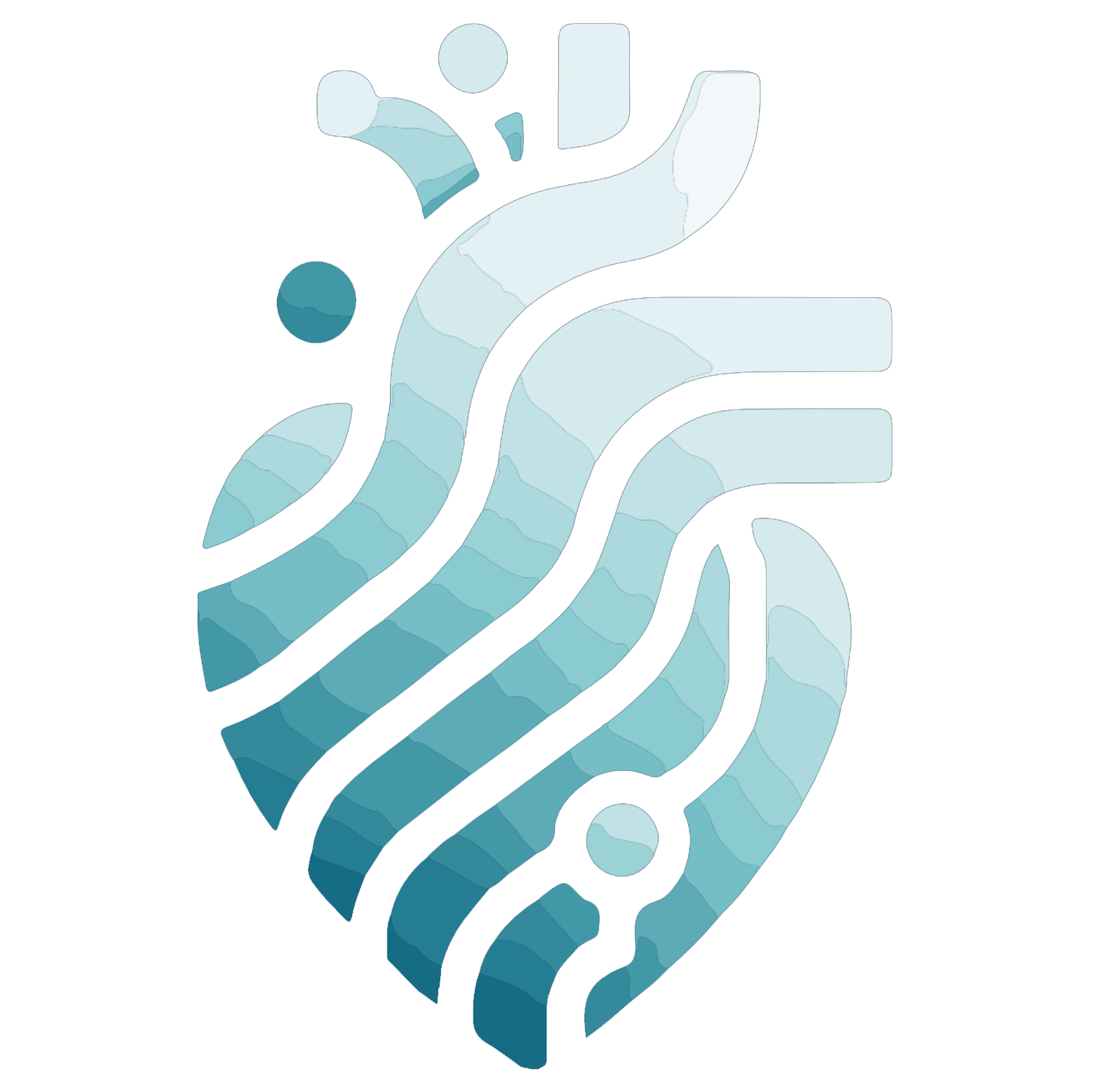
In the fast-paced world of healthcare technology, innovation is not just a goal; it’s a necessity. As medical professionals and patients increasingly rely on digital solutions for diagnosis, treatment, and management of health, the demand for cutting-edge medical apps has never been higher. Behind the scenes, developers are constantly pushing the boundaries of technology to create software that revolutionizes healthcare delivery. In this article, we delve into the journey of building such apps, focusing on two key technologies: ASP.NET Core and .NET MAUI.
ASP.NET Core, a cross-platform, high-performance framework for building modern, cloud-based web applications, has become a cornerstone of many medical app development projects. Its robust features, including built-in support for dependency injection, model-view-controller (MVC) architecture, and seamless integration with popular front-end frameworks like Angular and React, make it an ideal choice for developing scalable and secure medical apps.
One of the key advantages of ASP.NET Core is its flexibility and adaptability to various healthcare scenarios. Whether it’s developing electronic health record (EHR) systems for hospitals, telemedicine platforms for remote patient consultations, or patient portals for secure communication and appointment scheduling, ASP.NET Core provides the tools and frameworks necessary to bring these solutions to life.
However, the landscape of healthcare technology is constantly evolving, and developers are always on the lookout for new tools and technologies to stay ahead of the curve. This is where .NET MAUI (Multi-platform App UI) comes into play. .NET MAUI is an evolution of Xamarin.Forms, a popular framework for building cross-platform mobile apps, but with added capabilities and enhancements that make it even more powerful and versatile.
With .NET MAUI, developers can build native mobile apps for iOS, Android, and Windows from a single codebase, reducing development time and effort significantly. This is particularly advantageous in the healthcare sector, where interoperability and seamless integration between different platforms are paramount. .NET MAUI’s support for native device features and APIs ensures that medical apps deliver the best possible user experience, whether on a smartphone, tablet, or desktop computer.
Moreover, .NET MAUI’s support for responsive design and adaptive layouts makes it easier to create user interfaces that are intuitive and accessible, catering to the diverse needs of healthcare professionals and patients. From intuitive navigation menus and interactive dashboards to real-time data visualization and secure messaging features, .NET MAUI empowers developers to create medical apps that are both functional and user-friendly.
In conclusion, the journey of building cutting-edge medical apps is a testament to the power of technology to transform healthcare delivery. With tools like ASP.NET Core and .NET MAUI, developers have the resources they need to create innovative solutions that improve patient outcomes, streamline clinical workflows, and revolutionize the way we access and deliver healthcare. As the healthcare landscape continues to evolve, so too will the tools and technologies that drive its transformation, ensuring that medical apps remain at the forefront of innovation for years to come.

